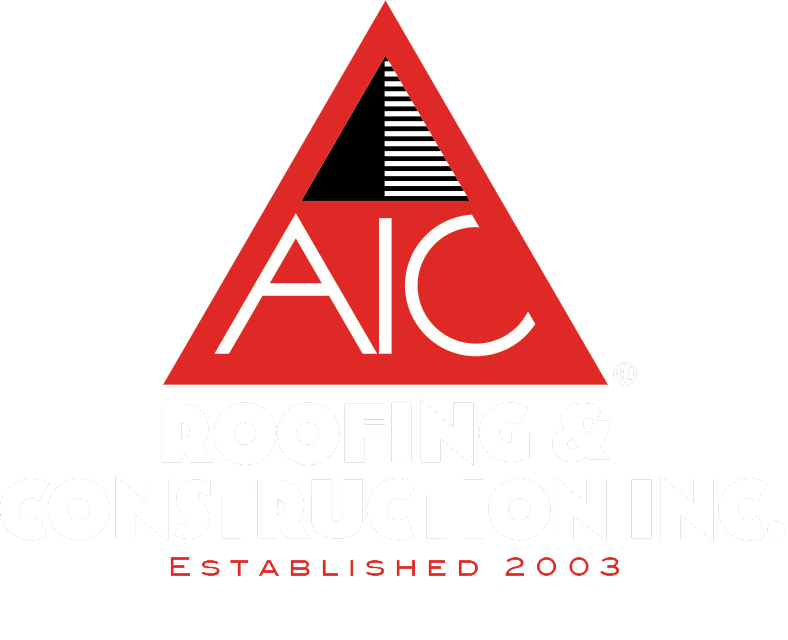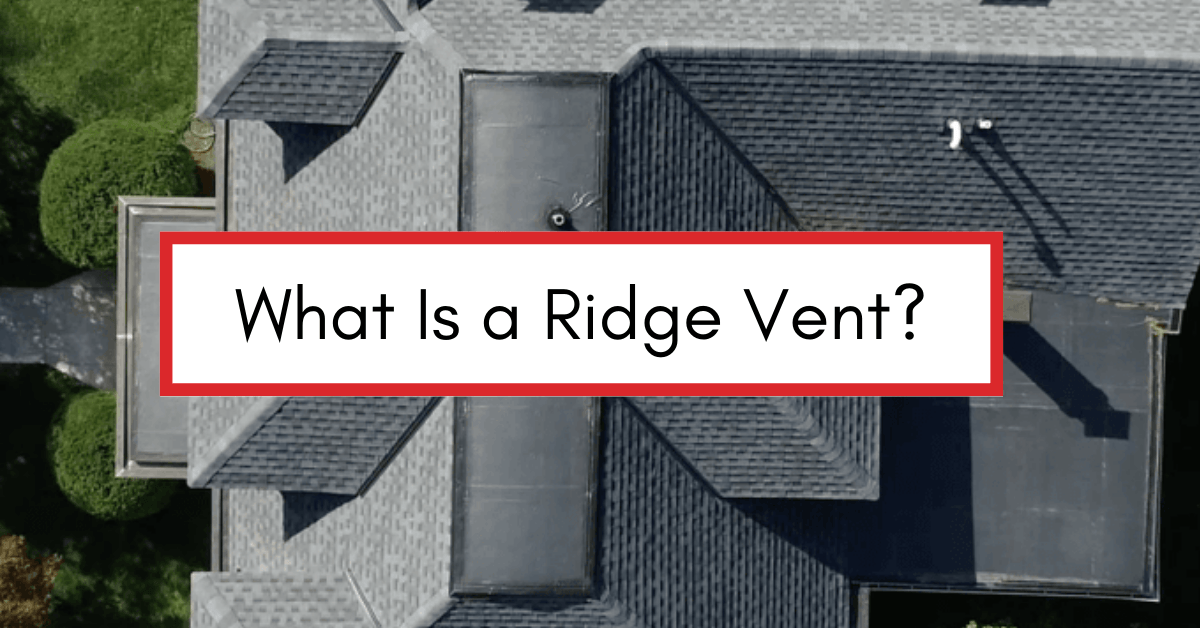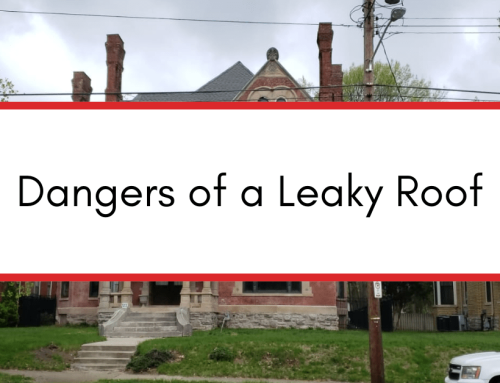A ridge vent is a crucial component of a residential roof that plays a significant role in ensuring a healthy roofing system. Understanding how ridge vents work and their benefits is essential when it comes to ensuring a lost lasting roof.
Since 2003, we’ve helped Central Kentucky homeowners navigate their roof replacements. We want you to be informed, so you can confidently make decisions about your roof and home.
In this article, we will delve into the basics of residential roofing and explore the importance of proper roof ventilation. We will also discuss the different types of roof vents available and highlight the unique features of ridge vents.
Understanding the Basics of Residential Roofing
Many items have to come together to create a properly functioning roofing system. From the materials used to the installation process, every aspect plays a crucial role in a roof’s functionality and durability. One fundamental aspect of residential roofing is proper ventilation.
Proper ventilation is essential for maintaining a comfortable living environment and safeguarding the structural integrity of your home. It allows for the circulation of air, preventing excessive moisture buildup, and helping to regulate temperature. Without proper ventilation, your home can become a breeding ground for mold and mildew. These harmful substances not only pose health risks to you and your family but can also cause damage to your home’s structure. Additionally, inadequate ventilation can lead to increased energy costs as your HVAC system works harder to maintain a consistent temperature.
There are several types of roof vents available, each with its unique features and benefits. Common types include box vents, turbine vents, and ridge vents. Box vents, also known as static vents, are simple and cost-effective. They allow hot air to escape from the attic, preventing moisture buildup. Turbine vents, on the other hand, utilize wind power to create a vacuum effect, pulling hot air out of the attic. Ridge vents, which are installed along the roof’s ridge line, offer the most efficient and effective ventilation and appear very low profile. They allow hot air to escape evenly along the entire length of the roof, promoting better airflow.
When it comes to the installation process, it is essential to hire a professional roofing contractor. They have the knowledge, experience, and tools to ensure that your roof is installed correctly and meets all building code requirements. A professional contractor will also be able to guide you in choosing the right materials for your specific needs and budget.
Regular maintenance is also crucial for the longevity of your residential roof. Inspecting your roof for any signs of damage, such as loose or missing shingles, and addressing them promptly can prevent more significant issues down the line.
Understanding the basics of residential roofing is essential for homeowners to make informed decisions about their biggest investment. Proper ventilation, insulation, and regular maintenance are all crucial factors in ensuring the functionality and durability of your roof. By investing in quality materials, hiring a professional contractor, and staying proactive with maintenance, you can protect your home and enjoy a comfortable living environment for years to come.
The Role of Ridge Vents in Roof Ventilation
Ridge vents are specifically designed to be installed along the ridge, which is the highest point of the roof where the two slopes meet. By positioning vents at this location, ridge vents take advantage of the natural airflow created by wind and temperature differences. They also have a very low profile appearance, meaning no boxy, unsightly penetrations. We recommend ridge vents to our homeowners because of their aesthetic appeal and superior performance.
When it comes to maintaining a healthy and functional roof, proper ventilation is essential. Ridge vents play a crucial role in ensuring that the attic space remains well-ventilated, preventing a range of potential issues such as moisture buildup, heat accumulation, and structural damage.
How Ridge Vents Work
Ridge vents work on the principle of passive ventilation. As wind blows over the roof, it creates a negative pressure at the vent openings, effectively drawing air out from the attic space. Simultaneously, fresh air is pulled into the attic through soffit vents, completing the ventilation cycle.
It’s fascinating to think about how the design of ridge vents harnesses the power of natural elements to improve the overall airflow in a roof. The placement of these vents along the ridge allows them to capture the wind’s energy and convert it into a force that helps remove stale air and moisture from the attic.
One interesting aspect of ridge vents is their ability to work in harmony with soffit vents. Soffit vents are typically located along the eaves of the roof and provide the necessary intake of fresh air. This combination of ridge and soffit vents creates a continuous flow of air, effectively ventilating the entire attic space.
Benefits of Ridge Vents
Ridge vents offer numerous benefits that make them a popular choice for ventilation in residential roofs. Firstly, they allow for excellent air circulation, facilitating the removal of excess moisture and preventing the formation of mold and mildew. Adequate ventilation is crucial in preventing the growth of these harmful microorganisms, which can not only damage the roof structure but also pose health risks to the occupants of the house.
Additionally, ridge vents help to regulate temperatures within the attic space. During hot summer months, the buildup of heat in the attic can lead to increased energy costs as the air conditioning system works harder to cool the house. By allowing hot air to escape through the ridge vents, the temperature in the attic is reduced, easing the strain on the cooling system and potentially lowering energy bills. Furthermore, extremely hot temperatures (like the ones we experience here in Kentucky) can cause dry rot. This compromises the structural integrity of your home and gives your roof a wavy appearance.
Proper ventilation provided by ridge vents can significantly extend the lifespan of the roof materials. Excessive heat and moisture can cause shingles to deteriorate prematurely, leading to the need for costly repairs or even a complete roof replacement. By promoting airflow and preventing the accumulation of moisture, ridge vents help to preserve the integrity of the roof, ensuring its longevity.
It’s important to note that while ridge vents are highly effective in most situations, they may not be suitable for all roof types. Factors such as roof pitch, climate, and the presence of other ventilation systems should be considered when determining the best ventilation solution for a specific roof.
Ridge vents play a crucial role in roof ventilation by harnessing natural airflow and promoting proper circulation of air in the attic space. Their ability to remove excess moisture, regulate temperatures, and extend the lifespan of the roof makes them a valuable addition to any residential roofing system.
Comparing Ridge Vents with Other Ventilation Systems
While ridge vents are an excellent ventilation option, it is worth comparing them with other popular systems to understand their advantages and limitations.
Ridge Vents vs. Box Vents
Unlike box vents, which only provide ventilation at specific points on the roof, ridge vents run along the entire length of the ridge, allowing for more effective airflow and improved ventilation.
Ridge Vents vs. Turbine Vents
Turbine vents rely on wind to operate, which means they are not as reliant on temperature differences for ventilation as ridge vents. However, turbine vents can be noisy and require periodic maintenance.
Maintenance and Troubleshooting of Ridge Vents
To ensure the longevity and functionality of your ridge vents, regular maintenance is necessary. Knowing common problems that may arise and how to address them will help you keep your roof in optimal condition.
Common Problems with Ridge Vents
Some common problems with ridge vents include clogged airflow due to debris accumulation, improper installation leading to leaks, and damage caused by severe weather conditions. We recommend getting your roof inspected annually. It’s free, and will address these issues before they become major problems.
How to Maintain Your Ridge Vent
Maintenance of ridge vents involves periodically clearing debris from the vent openings, inspecting for any signs of damage or leaks, and ensuring proper installation. If you encounter any issues, contacting a professional roofing contractor is recommended to address them promptly.
Ventilation is a Crucial Part of Your Roofing System
A ridge vent is an essential part of a residential roof’s ventilation system. By allowing for proper air circulation and temperature regulation, ridge vents play a crucial role in maintaining a healthy and durable roof. Understanding the installation process and comparing ridge vents with other ventilation systems can help you make informed decisions about your roof’s ventilation. Regular maintenance and troubleshooting will ensure that your ridge vents continue to operate efficiently, providing optimal ventilation for your home.
Finding a trustworthy, Georgetown roofing contractor can be difficult, but we answer all your roofing questions on our Learning Center and Youtube.
AIC Roofing & Construction has served the Louisville, Lexington and Richmond communities since 2003. We are proud to be in the top 2% of roofing contractors to hold the GAF MasterElite certification. If you’re looking for a top-rated Georgetown, Kentucky roofing company – we’d love to see if we would be a good fit for your project. Contact us today to schedule your free, no-hassle roof inspection.
3-tab attics barns chimney choosing a contractor commercial cost curb appeal DIY estimate financing flashing flat roof GAF glossary gutter replacement gutters gutter size gutter system ice dams inspections insurance missing shingles roof design roofing materials roofing system roof leak roof maintenance roof materials roof repair roof replacement roof shapes roof types shingle ratings shingles siding siding materials siding replacement skylights storm damage underlayment ventilation warranty winter







